Hi there! I'm new to this forum and I'm not exactly sure if this is the right place to ask this kind of question. I'm having a hard time choosing between two different diamond for my ring's center stone. The specs are as follows:
1. Diamond A:
Table:57
Depth: 61.8
Crown A.: 34 degree
Pavilion A: 41 degree
Crown height: 14.5%
Color: F
Clarity: VS1
2. Diamond B:
Table:57
Depth: 61.2
Crown A.: 33.5 degree
Pavilion A: 41 degree
Crown height: 14%
Color: F
Clarity: VS1
Which of the above should I choose? Really appreciate everyone's advice on this! Thanks!
1. Diamond A:
Table:57
Depth: 61.8
Crown A.: 34 degree
Pavilion A: 41 degree
Crown height: 14.5%
Color: F
Clarity: VS1
2. Diamond B:
Table:57
Depth: 61.2
Crown A.: 33.5 degree
Pavilion A: 41 degree
Crown height: 14%
Color: F
Clarity: VS1
Which of the above should I choose? Really appreciate everyone's advice on this! Thanks!


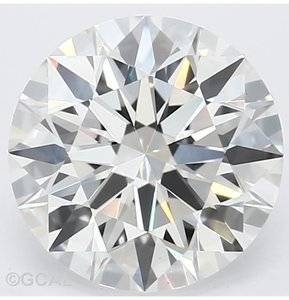
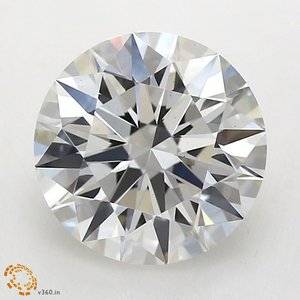
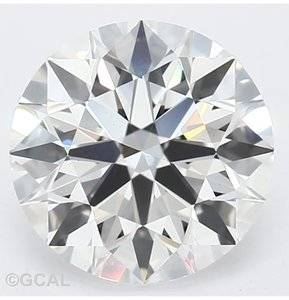
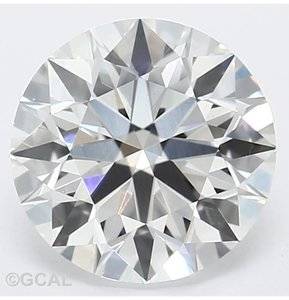
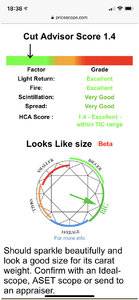
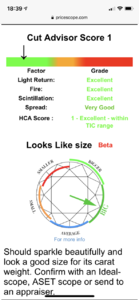
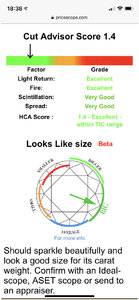
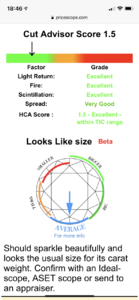
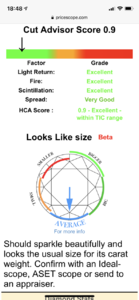
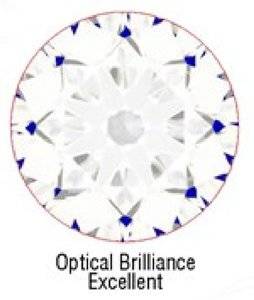
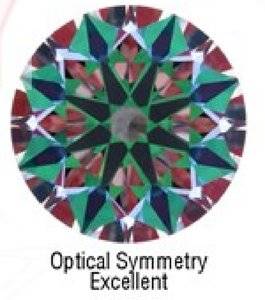
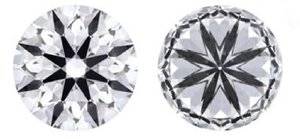

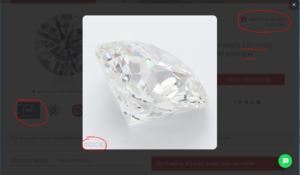
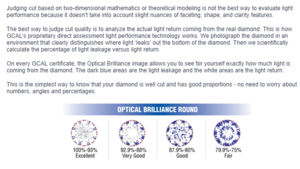
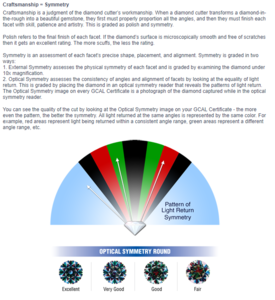
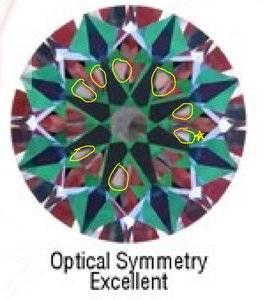
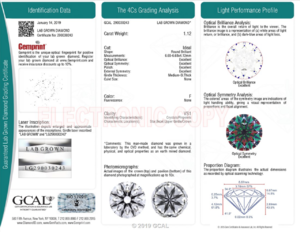
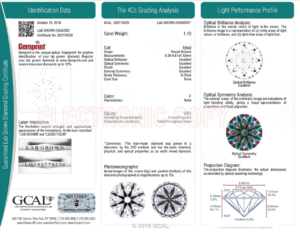
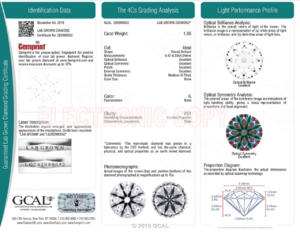
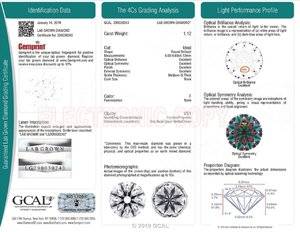
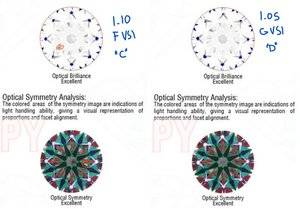
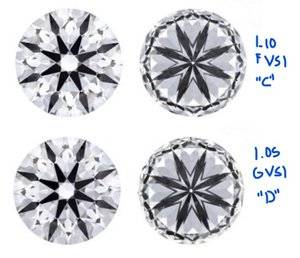


300x240.png)